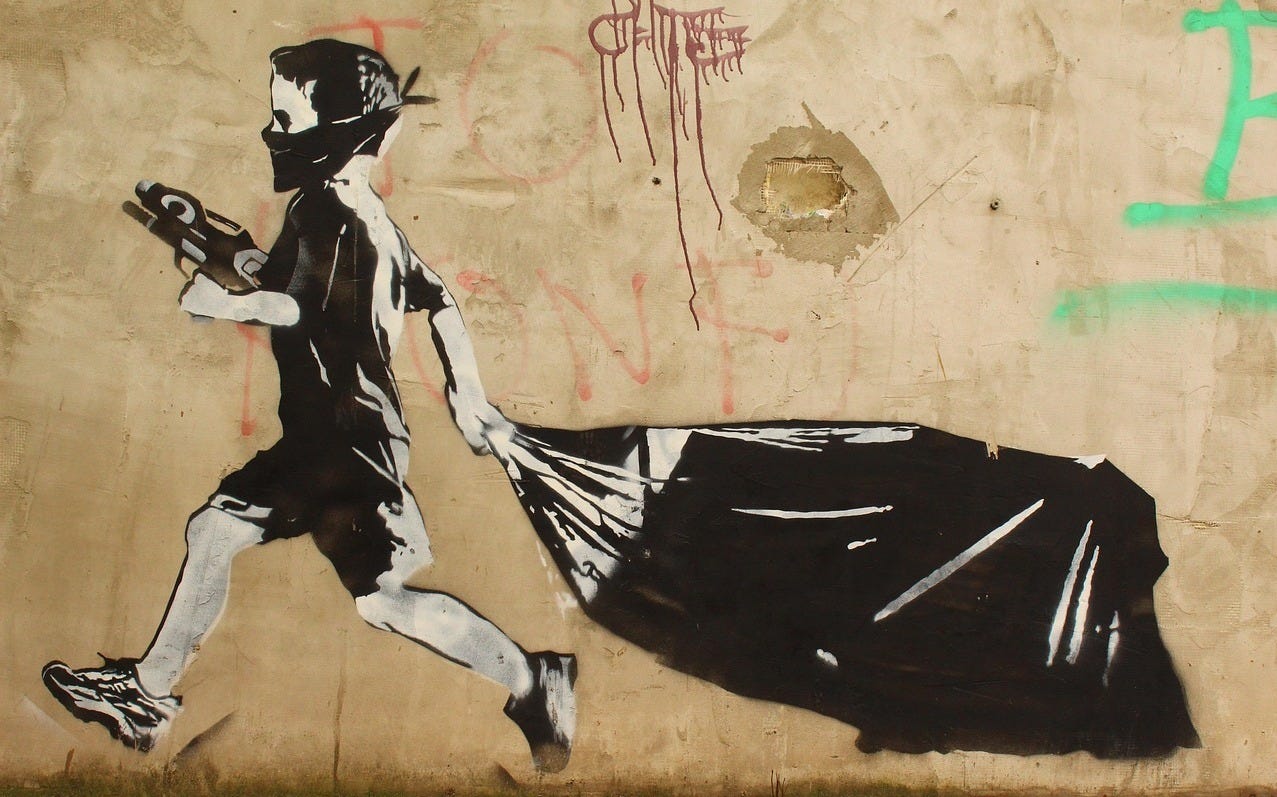The Transformative Power of Murals
A Deep Dive into Social and Economic Revitalization with a Roadmap for Aspiring Murals Towns
Murals, those expansive artworks that grace public spaces, transcend their aesthetic appeal to become catalysts for storytelling, community cohesion, and economic rejuvenation. Across the globe, towns and cities have harnessed the potential of murals to preserve their cultural heritage, draw in tourists, and br…
Keep reading with a 7-day free trial
Subscribe to Creating Communities to keep reading this post and get 7 days of free access to the full post archives.


